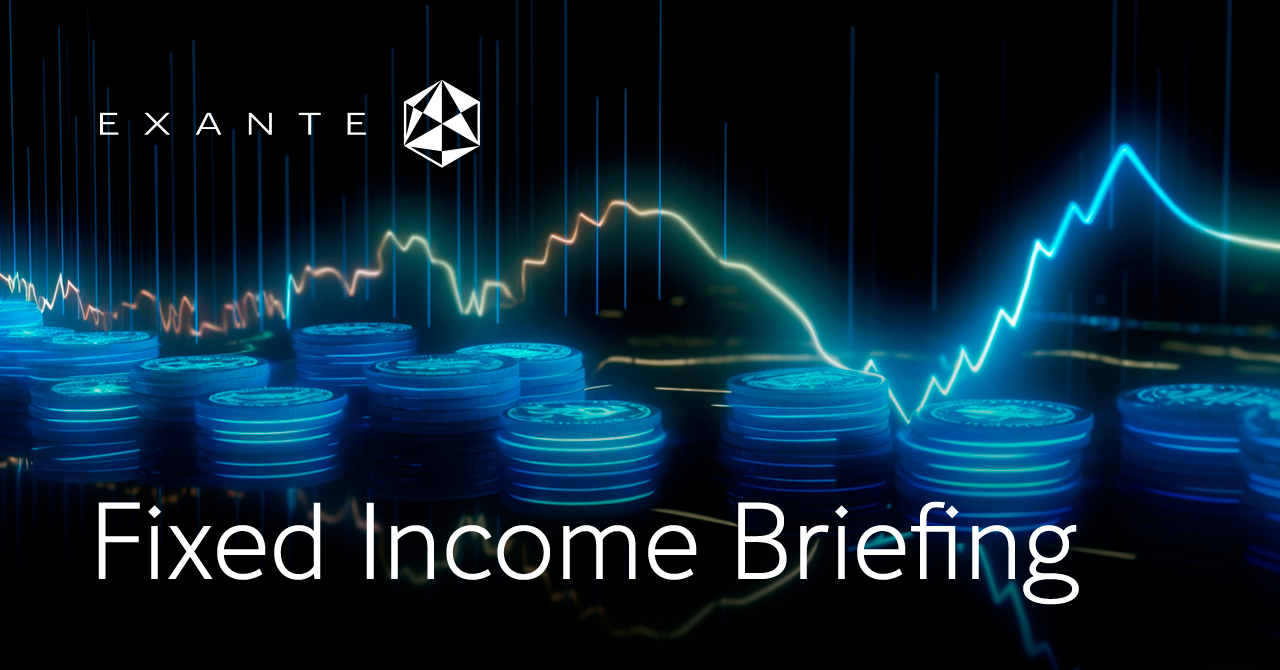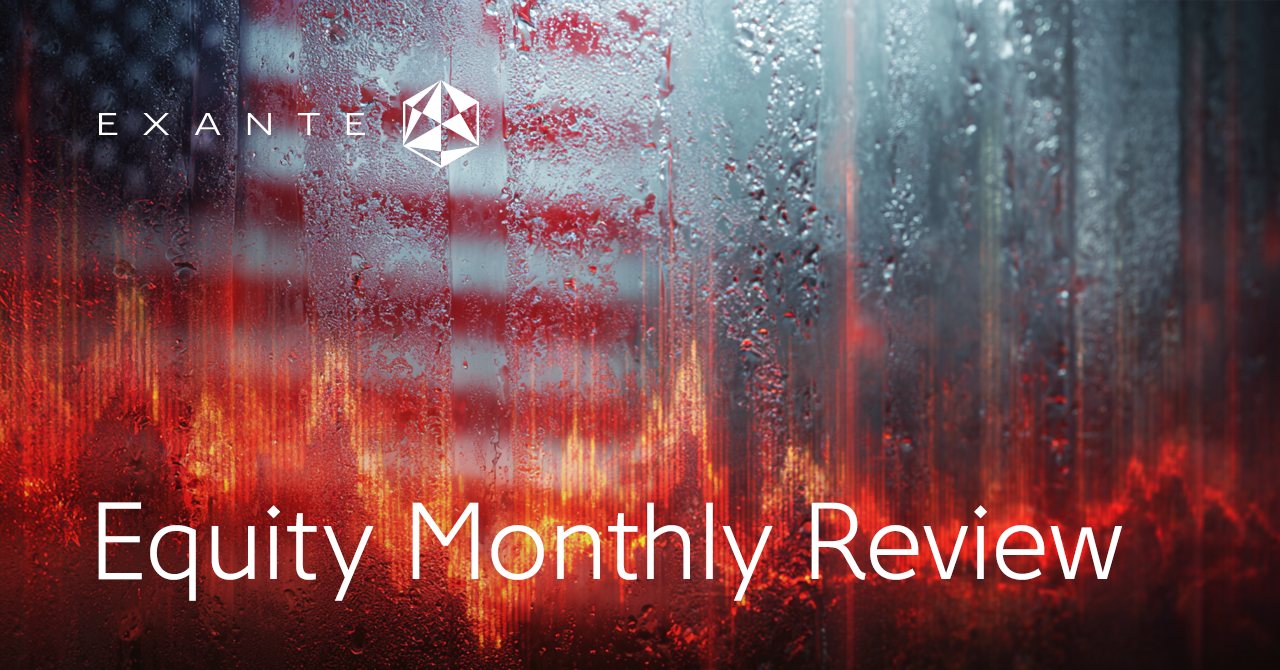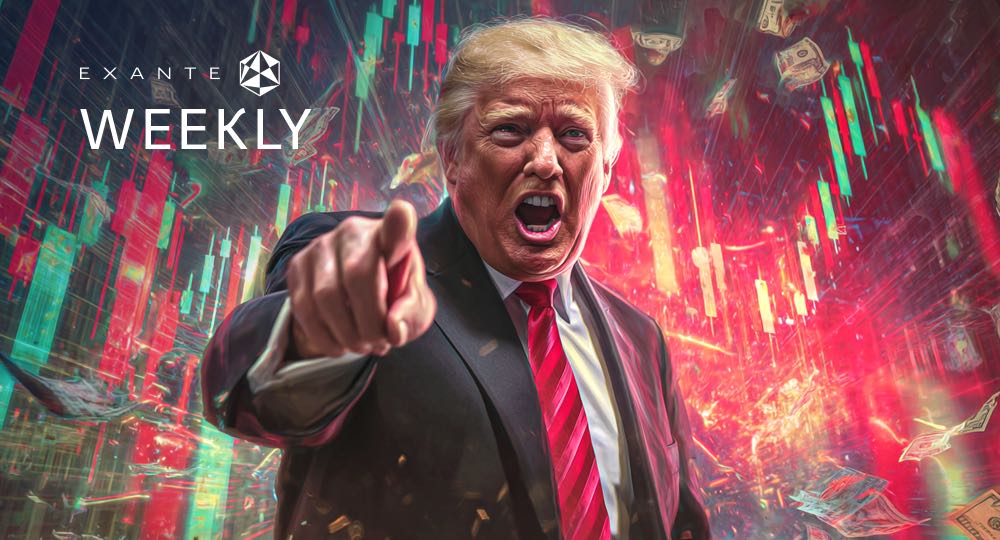- July saw US Treasuries rally as markets continued to expect a quicker pace of monetary policy easing with inflation easing and the labour market weakening. Softer economic data, including a downward revision to Q1 GDP growth, a further slowdown in home sales, disappointing nonfarm payroll numbers and a rise in unemployment. Although the Fed held rates at its 29-30 July despite increasing pressure from President Trump to cut rates to 1%. However, weaker than expected nonfarm payroll data led to the firing of Erika McEntarfer, the Bureau of Labor Statistics (BLS) commissioner last Friday, after President Trump accused her agency of 'faking ‘ the latest employment figures for ‘political purposes.’ Bond markets reacted badly, with yields falling as expectations rose for a Fed rate cut in September and higher cuts for the year were priced in.
- Although Chair Jerome Powell was hawkish in tone during the FOMC press conference, reiterating that the near-term policy path will depend on the incoming data, including the effect of tariffs, we are likely, based on the questions about data integrity and accuracy, to hear something different when the Fed convenes at its annual Jackson Hole retreat later in August.
- Fed funds futures traders are anticipating bps of rate cuts this year. According to the CME FedWatch Tool, there is now an 89.4% chance of a 25-basis-point cut at the September meeting. Traders are currently anticipating 59.3 bps of cuts by year-end, higher than the 58.1 bps expected last week prior to the nfp report.The Treasury announced that quarterly coupon supply would remain unchanged in its refunding announcement, with the statement signalling that the level would be maintained “for at least the next several quarters.” Bills will constitute the majority of supply to finance the $1 trillion in Treasury borrowing needs from July through September, as the Treasury General Account is replenished after an increase in the debt ceiling.
- The dollar regained ground towards the latter part of July leading to its first positive monthly performance this year. The US Dollar Index was +3.46% in July to 100.05. The dollar’s volatility has been due to uncertainty over US tariffs, investor concerns around debt and deficit sustainability. It is now about +1.50% QTD, and over -9% YTD.
- The US labour market is weakening faster than expected. The July nonfarm payroll numbers rose by 73K well below the weakest market expectations of 100K. The June figure was sharply revised down from an initial 147K to just 14K, while May's reading was also cut by 125K. Taken together, these revisions show that employment in May and June was 258K lower than previously reported. Unemployment rose to 4.2%, in line with expectations and above June’s 4.1%. Average hourly earnings increased 0.3%, also in line with estimates, though the yearly gain of 3.9% was slightly higher than expected. The labour force participation rate was down to 62.2%, slightly down from June’s 62.3% and the lowest since November 2022.This came after weekly initial jobless claims had fallen for six straight weeks.
本文提供給您僅供資訊參考之用,不應被視為認購或銷售此處提及任何投資或相關服務的優惠招攬或遊說。






